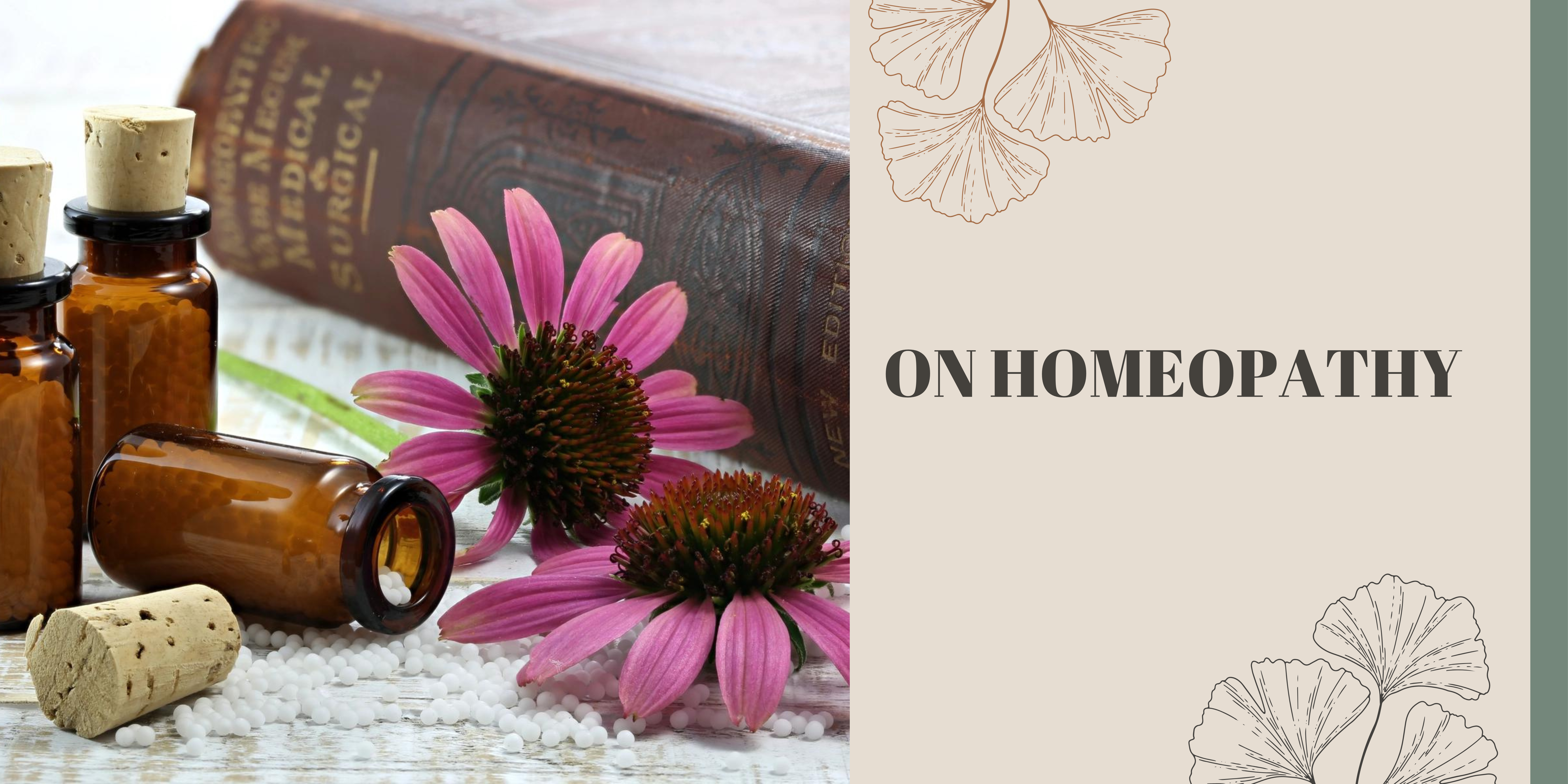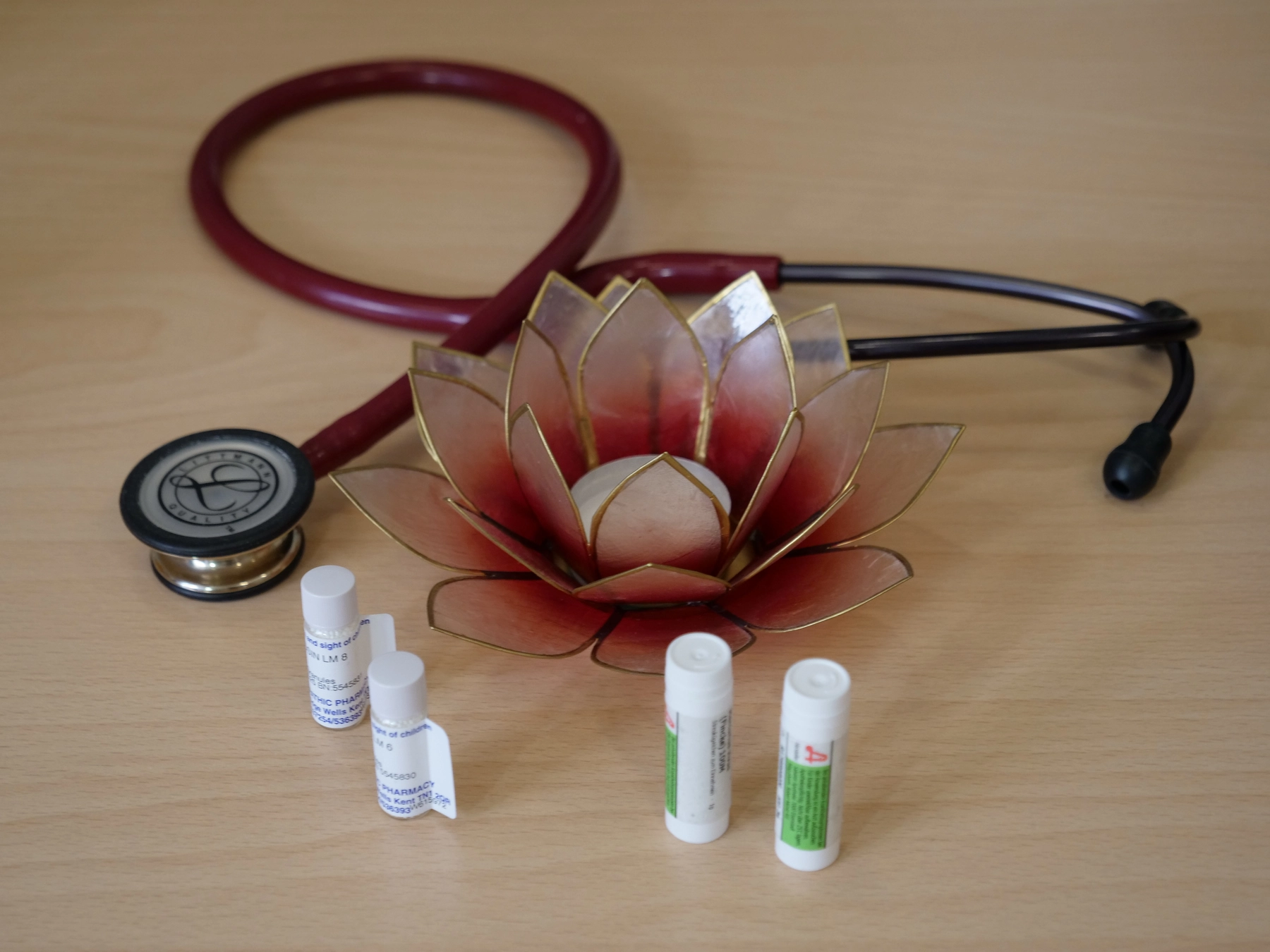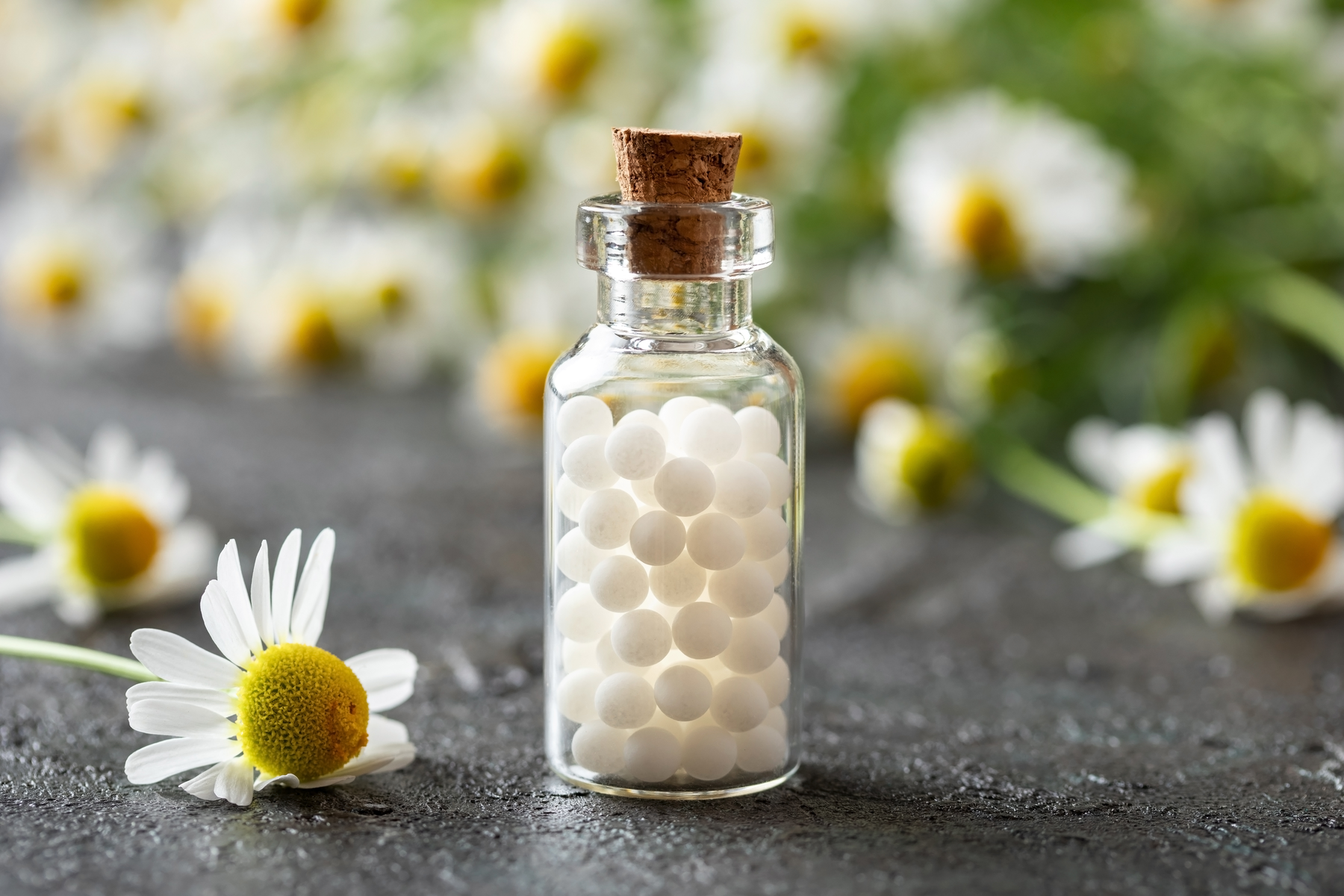
On Homeopathy and the Natural Laws on Which It Is Based
The treatment of many diseases remains unknown to physicians because they do not understand the whole... For a part can never be well unless the whole is well.

Homeopathy is a gentle and natural method of treatment that, through the synergy of homeopathic remedies and the human organism, restores health, renews vitality, and alleviates or eliminates mental and physical suffering resulting from illness.
The German physician, Dr. Christian Friedrich Samuel Hahnemann (1755-1843), first systematized homeopathy as a scientific therapeutic discipline in the late eighteenth century. In the first aphorism of his seminal work "Organon of Medicine," he wrote: "The physician's high and only mission is to restore the sick to health, to cure, as it is termed." Hahnemann elaborated on how the physician restores health to the sick in the following aphorisms: 7, 8, 17, 22, 50, 51, 53, and 61. Therefore, the first aphorism must be studied together with them to achieve a comprehensive understanding. In the continuation of the Organon, Hahnemann guides us through the steps to achieve this goal. In essence, these steps are: 1. Paying the utmost attention to the symptomatology - manifestations of the disease. 2. Selecting a remedy based on the totality of symptoms. 3. Eradicating (destroying) these symptoms through the art of healing. Eradication (destruction) of symptomatology = transformation of disease into health. Through repeated experiments and experiences over decades, Hahnemann concluded the existence of the Law of Similars – an indisputable therapeutic law of nature, which is the foundation of his new medical system called homeopathy. Ova činjenica nam se prelijepo otkriva kako dalje čitamo Organon.
In simple terms, the Law of Similars (Latin, Similia similibus curentur) states that any substance that can produce a series of symptoms in a healthy person can cure similar symptoms in a sick person. The written trace of the Law of Similars dates to Paracelsus, Persia, and ancient Greece, even further back to Vedic manuscripts that are over 5000 years old. Paracelsus, a Swiss physician (1493-1541), indicated that small doses of what makes a person sick will also cure. Avicenna, a Persian physician living in the first century CE, considered the "father" of early modern medicine and the author of the "first textbook of medicine on Earth" - Canon Medicinae, described the principles that underlie the homeopathic paradigm and practice: the existence of vital force, the concept of treating similar with similar, and the energetic activation of remedies, which Hahnemann, discovered 17 centuries later, thoroughly researched and defined as potentization or dynamization. In 400 BCE, the most renowned ancient Greek physician, Hippocrates prescribed a very small dose of mandrake root (Mandragora officinarum) for the treatment of mania, knowing well that mandrake, when given in large doses, would actually induce mania.
Rig Veda, an ancient Vedic script over 4 thousand years old from which Ayurveda originated, states that "the remedy for poison lies in the poison itself."
Life essence - this revitalizing or energetic force - exists in every human being, in all animals, birds, swimming and crawling creatures, in plants and trees, in rocks, stones, and minerals. It even exists within the elements themselves - within Water and Fire and Earth, and even Air, as it resides in the winds themselves, which refresh, vitalize, and sustain us 'alive.'

Homeopathy emphasizes the existence and action of the vital force in a living organism.
The human organism is a whole comprising body, mind, and spirit. This spirit, responsible for various manifestations of life, Dr. Hahnemann called the "vital force". Hahnemann speaks of the vital force in the 10th aphorism of his Organon of Medicine: "The material organism without the vital force is incapable of any sensation, any function, any self-preservation; it derives all sensation and performs all functions solely by means of the immaterial being (vital principle) which animates the material organism both in health and disease."
In a a healthy state it is the vital force that maintains normal functions and sensations in the organism. But when the vital force is primarily disturbed dynamically by harmful external or internal influences, it causes abnormal sensations and functions manifested outwardly through the material body as abnormal signs and symptoms, the totality of which constitutes disease.
If healing is to be established, it is the vital force that must be awakened and set in motion for recovery. Homeopathic remedies correct any hindrance or disturbance to the free flow of the vital force, whether on the physical, energetic, or spiritual level..
Hahnemann was not the first to write about the principle of the vital force. Ancient Arab physicians taught that the body is composed of matter and spirit, and that it interacts with the universe so that harmonious life can exist in a state of health, which is a balance between body and spirit. In Sanskrit, the word prana describes the life force or vital principle that permeates the universe on all levels. Among the ancient Egyptians, this life force was called Ka, among the ancient Greeks Pneuma - the breath of life, and among the ancient Chinese Qi - the energy that animates and gives life to all people and the entire universe..

The vital force sleeps in minerals, dreams in plants, awakens in animals, and becomes fully aware in humans.
Josiane Meirelles Malusá Gonçalves, Mary Carmem Fróes Ribeiro, and Andresa Aparecida Berretta, in their article "Acupuncture, yoga, homeopathy, and apitherapy from the vibrational viewpoint" from 2020, write: "The energy that gives life is called 'vital energy' in homeopathy, 'prana' in yoga, and 'Qi' in acupuncture. This ethereal energy can dictate (write) cellular physical information about matter, in health and in illness. Consequently, vibrational remedies that can modify these frequencies can change the vibration of disease into a healthy stable state." They also state, "Albert Einstein was one of the greatest physicists of recent history, and with his contribution, he changed the scientific paradigm in the 20th century. From this came the understanding that all matter is energy, and we can assume the understanding that the human body is a dynamically energetic system.
Energy and matter are two different manifestations of the same universal substance from which we are all formed, atoms....."
Before the work of these mentioned authors, the visionary spirit and meticulous mind of a unique researcher and scientist like Dr. Hahnemann detailed the concepts of this "new paradigm" in the art of a new healing system called homeopathy, giving it to future generations to try to understand and explain it in the language of modern science and ever-evolving consciousness and technologies.
Are we close?
The beauty of homeopathy lies in its simplicity, power in its depths, and danger in its superficial application.

What are the other laws, concepts, principles, or foundations that give homeopathy its raison d'être?
Another principle of homeopathy is that you should give the smallest amount of medicine necessary to elicit a healing response. This is called the "law of minimum dose." We all know that conventional medicines can cause side effects, leading to much suffering or even death. Dr. Hahnemann initially used medicinal substances known to be effective in his time, such as cinchona or Peruvian bark, for recurrent fever. However, initially, he used crude substances, i.e., plants in full strength. He noticed that although patients recovered, they would develop side effects in the treatment process. To prevent side effects, further experimentation led him to the idea later confirmed and formulated in the third homeopathic principle - potentization (dynamization), i.e., consecutive dilution with vigorous shaking of his remedies to find the point where they are therapeutic but not toxic. Homeopathic remedies have been prepared in the same way since then - through a series of dilutions, with vigorous mixing at each step, until no chemical substance remains (above potency 12C) that can be detected. Paradoxically, the higher the dilution, when prepared in this dynamized way, the stronger the homeopathic remedy. This achieves the minimum dose, which, in turn, has a maximum therapeutic effect with minimal side effects. Homeopathy has a centuries-long history of safety in using its potentized oral remedies among patients of all ages, including infants, children, pregnant and lactating women, and the elderly.
The fourth principle of homeopathy is the principle of applying a unique, individually prescribed homeopathic remedy that has undergone the process of homeopathic pathogenetic testing.
Homeopathic pathogenetic testing also known as proving a remedy, is a process where the substance of the remedy is tested on healthy human volunteers, and their pathogenetic effects are observed, recorded, and collected as the first step in introducing the remedy into homeopathic Materia Medica.
Proving a medicinal substance is a unique process in homeopathy and a unique contribution of homeopathy to the science of pharmacology. Unlike conventional medicine where animal experiments form the basis for evaluating the pathogenesis of drugs, homeopathic remedies are proven on healthy human volunteers, including a control group, both sexes and age groups between 18-60 years. The remedy must be proven in humans because animals do not exhibit subjective or psychological symptoms, and the effects of the same remedy on animals and humans are different. In animal experiments, we do not get the modalities and finer symptoms.
The results of a uniquely prescribed homeopathic remedy are observed and evaluated, unencumbered by the confusion of effects that could be produced if more than one homeopathic remedy were given at the same time.
Homeopathic remedies can be safely taken with conventional medications, and they are sometimes recommended as a complement to other treatments.
Since the introduction of homeopathy for humanity, we witness that the basic principles of homeopathy have not changed, primarily because homeopathy is a specialized system of rational therapy based on fixed and specific laws of nature, and therein lies its inherent strength. Even after more than 200 years, the philosophy set by Dr. Hahnemann shapes the guiding thread of homeopathic practice for physicians worldwide.

No matter how abused, the body can restore balance. The first rule is to stop interfering with nature.

